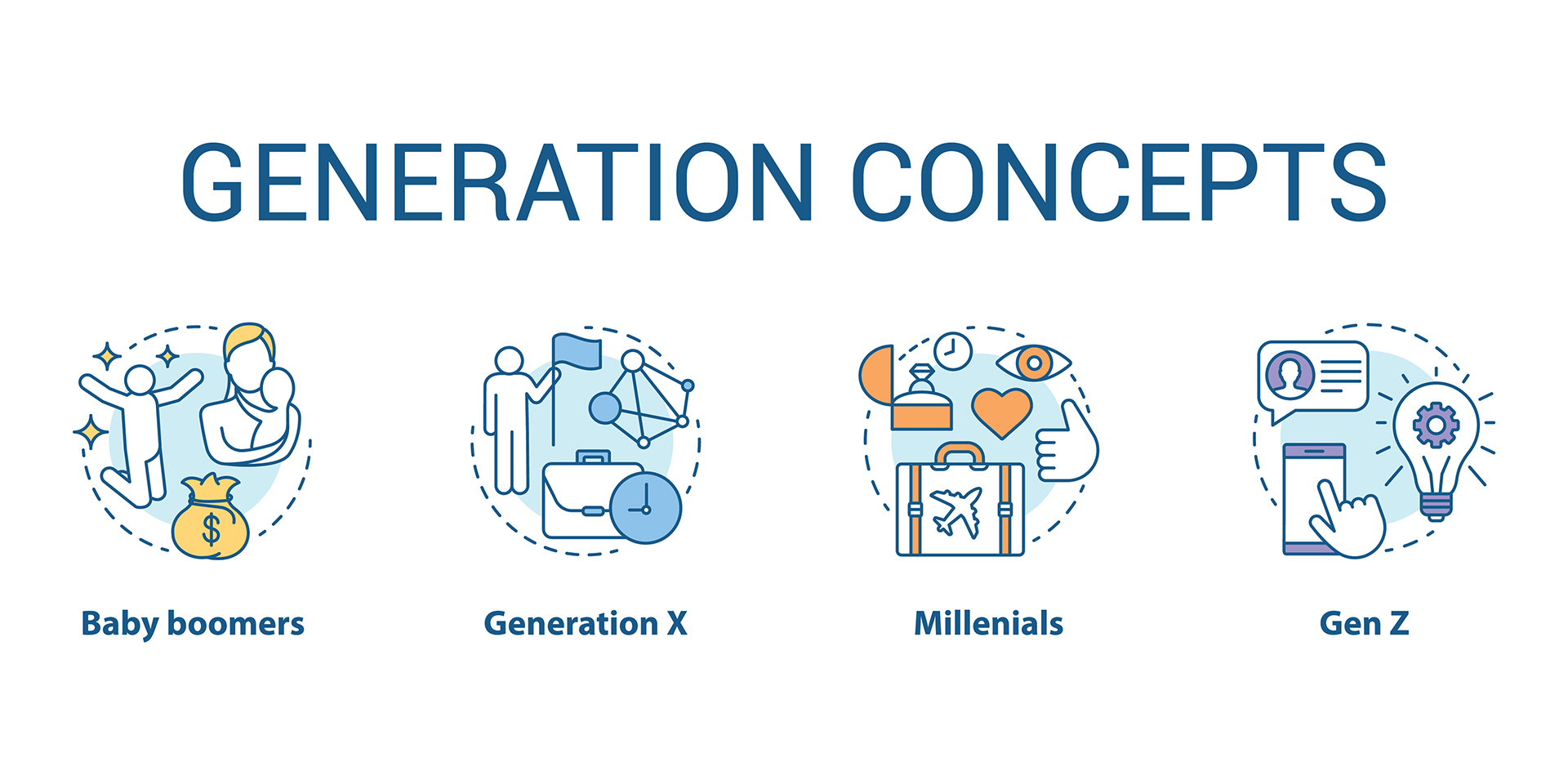As per broadly accepted norms, the following are the broad generations in our populations for the purposes of marketing or behavioural analysis.
Baby Boomers: Born 1946-1964 (54-72 years old)
Generation X: Born 1965-1980 (38-53 years old)
Millennials (or Generation Y): Born 1981-1996 (22-37 years old)
Post-Millennials: Born 1997-Present (0-21 years old)
In India, it is estimated that there are 426 million millennials, the largest in any country. Globally, millennials form 27% of the overall population, while in India they form 34%. By any measure, this is a significantly large portion of the market, especially one with spending power and discretionary budgets. According to a Deloitte study, while most of the monthly income of the millennials is spent on essentials, followed by education and utilities, the incremental income is primarily spent on entertainment and eating out (32.7%), apparel and accessories (21.4%) and electronics (11.2%). Barely 10% goes into savings, pushing it way down the pecking order. Given their age, they are also aspirational and are thinking of the future optimistically.
But they are a generation that are vastly different from the other generations that have existed in the past. Their consumption patterns, tastes, content preferences, are all very different. These have clear implications on brand building in this day and age.
Millennials are hard to slot into a box
Historically, marketers have slotted behavioural patterns of previous generations into neat boxes with a nice bow on top. But millennials are pushing the boundaries and also refusing to be slotted into pigeonholes of behavioural traits. They are hard to pin down, change tastes rapidly, loyalty to content and brands is low, don’t really look for permanence as a trait till they hit 40, and so on.
Implication to marketers: There are no massive segments in the millennial population that can be targeted through a single medium by observing their behavioural patterns.
Psychographic profiling > Demographic profiling
Sure, the SEC A, B, C combined with urban, semi-urban and rural geographies is a framework still being used by market research agencies and media buying agencies because it is a way of looking at the world that they are familiar with. But it may not necessarily reflect the way the millennials operate.
How do they spend their days? What OTTs and shows do they consume? Why do they consume certain shows more than others? Do they derive stimulus from reality shows or shows that more visceral in nature? Do they follow certain influencers because they aspire to be like them or because they are relatable? Why do they suddenly lose interest in some influencers? When do they go to bed? What do they do after work? How does their schedule change when a beloved show’s next season is released at one go?
The answers to these questions are no longer buckets. They probably resemble a complex decision tree. Every brand will see its followers behaving differently, seeking things that matter to them and will have a wide range of interests.
Implication to marketers: There will be numerous personas and profiles that come out of analysing your brand’s buyers and followers. An in-depth analysis as well as ongoing micro experiments will help define the profile and behaviour more sharply.
‘Why’ matters more than ‘what’
Millennial buyers go beyond the standard definition of being “tech savvy” which used to refer to being comfortable with using the Internet for basic purposes of search and content consumption. They research about the brands that product the products, the people behind the brands, the reason for the brand’s existence, read the products they want to buy, they spend hours poring over reviews and FAQs and trusted forums, they compare notes with colleagues and friends, they genuinely try to evaluate the ROI of the purchase, decide whether it fits into an impulse category or if they should wait for the next sale event or if they can eke out a bit of savings by using some cash back / coupon code and buy it right away.
Implication to marketers: The need is to be genuine across all owned and earned properties. Owned properties would include website, blogs, social handles while the earned properties would include interviews and press articles. Millennials are adept at sniffing out a lack of authenticity or if there is dissonance in what the different channels are saying, or worse still, if the brand is just posturing for the sake of coverage.
Unlimited formats and mediums
Content is dead. Long live content. Articles, blogs, podcasts, video interviews, short format videos, brand integration videos, native advertisements, web series, songs and anthems, infographics, presentations – the list is endless. Millennials consume all of these and more; in addition, they flit between content formats and content platforms seamlessly with the attention span that is supposed to be worse than a gold fish’s. They are impatient, want messages that arrive quickly, that can entertain them as well as educate them, have very low loyalty to any format or platform and tastes can change along with seasons.
Implication to marketers: Be versatile with content formats and be present where your audience is present, but also don’t cross the line that makes your brand’s limited budget de-focused and spread too thin.
Have you learnt any interesting points about building brands for the millennials? Please let me know in the comments.



